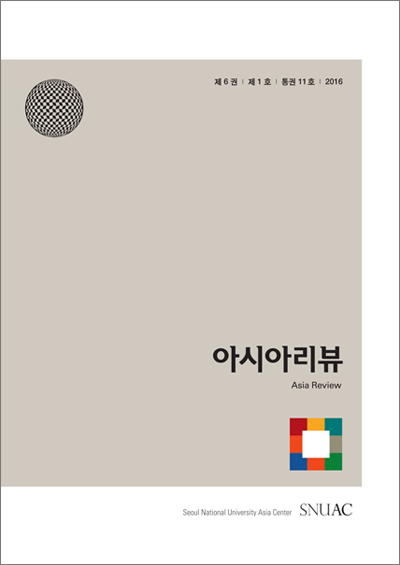It has been forty-nine years since that fateful day when Ferdinand Marcos Sr. placed the Philippines under martial law. Yet today, its lessons remain elusive to many Filipinos. While the general literature recounts the failures, horrors, and atrocities of the Marcos dictatorship, the Marcoses continue to enjoy rock-solid support from many Filipino voters. In fact, Ferdinand “Bongbong” Marcos Jr. topped several 2021 presidential preference surveys, especially those that did not include the name of President Rodrigo Duterte’s daughter, Davao City Mayor Sara Duterte (Punay, 2021). The support the Marcoses received from Northern Philippines came as no surprise, as the region has long been their stronghold. What is perplexing, however, is the number of voters in other regions across different socioeconomic classes who believe in the authenticity of Marcos Jr.’s promise of making the nation great again (see Pulse Asia’s December 2021 survey).
In social media, it has become commonplace to encounter people who genuinely look back with nostalgia for martial law years. Marcos loyalists insist that the “yellow propaganda” unjustly unseated Marcos Sr. and aborted the “New Society” he built. They blame the dilawans (dilawan or “yellow” refers to political figures and oligarchs linked to the former Aquino administrations, the Liberal Party, and their supporters) for the country’s social and economic decline. Some sincerely believe the innocence of the Marcoses, brushing off supreme court decisions that demand the Marcoses to return portions of their ill-gotten wealth. Others would say that “the past is in the past” or to “let bygones be bygones,” suggesting that moving on is a necessary step to national healing and progress.
Meanwhile, the general literature remembers Marcos dictatorship differently, as numerous scholars recounted his martial law’s failures, horrors, and atrocities. Several historians discussed police and military abuse, which, according to various accounts, came in different forms: illegal detention, torture, rape, extra-judicial killings, to name but a few. They also wrote about the rise of crony capitalism during Marcos Sr.’s reign. Even though Marcos Sr. massively invested in infrastructure development, historians noted how Marcos Sr.’s government took insurmountable amounts of foreign loans to finance his ambitious projects (Jose, 1991). The 1970s and 1980s economic datasets backed such claims, telling how the former dictator and allies made the Philippines the “sick man of Asia” (Kind, 2000: 2). In September 2021, Sandiganbayan, the Philippines’ anti-graft court, ruled that the Marcoses were indeed involved in massive corruption and ordered the late dictator’s family to return at least 5.43 million USD to the government (Limpot, 2021).

